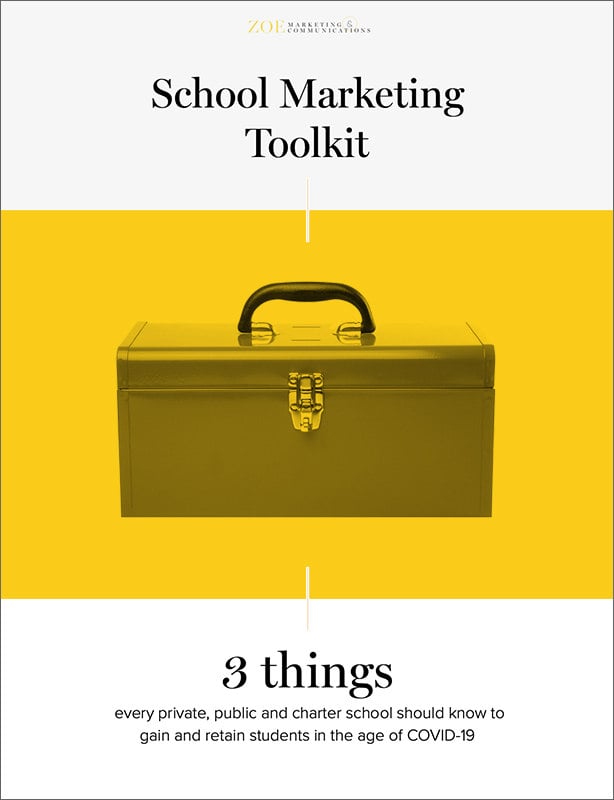Search for topics or resources
Enter your search below and hit enter or click the search icon.

If you’re a school looking to increase enrollment, you need to be where parents are — digitally. If you’re not using digital marketing, you’re missing a key opportunity.
Schools are catching on. 56% of preK-12 schools increased digital marketing spending last year, yet 31% still lack dedicated funds for it, according to Niche.
With so many options, it can feel overwhelming. That’s where Zoe Marketing & Communications can help.
Here’s a breakdown of key digital tactics that drive enrollment and how to get started.
A strong first step is search engine marketing (SEM), which typically includes Google Ads, that drive traffic to your website based on keywords people search.
There are four key types:
And you can target them by:
In particular, these options work well for schools:
Budget-friendly and great for brand awareness.
Re-engage site visitors with targeted follow-ups.
More competitive, but highly targeted.
Organic posting is essential, but paid social ads reach more parents. Like SEM, they allow precise targeting.
Where to focus:
Costs:
Content builds trust and authority, positioning your school as a leader.
Two approaches:
Email remains a top performer — 60% of people say marketing emails influence purchases (SalesCycle).
Two strategies:
Search engine optimization, or SEO, ensures your school is easy to find on Google. Even if parents search your school’s name, poor SEO could keep you off page one.
Key SEO factors:
To market your school, start with search engine ads. From there, reach moms on social media — Facebook, Instagram and Pinterest. Content marketing builds trust, while email keeps your school in front of parents. And SEO ensures families can find you.
Need a strategy? Talk us at to Zoe Marketing & Communications. We specialize in school marketing and can help customize a plan to meet your enrollment goals.
Still figuring out the best tactics for your school? Explore:
As Zoe Marketing & Communications’ content manager, Kim Kovelle brings over 20 years of writing and editing experience in metro Detroit. She has strong roots in community journalism and a knack for making complicated topics make more sense.

